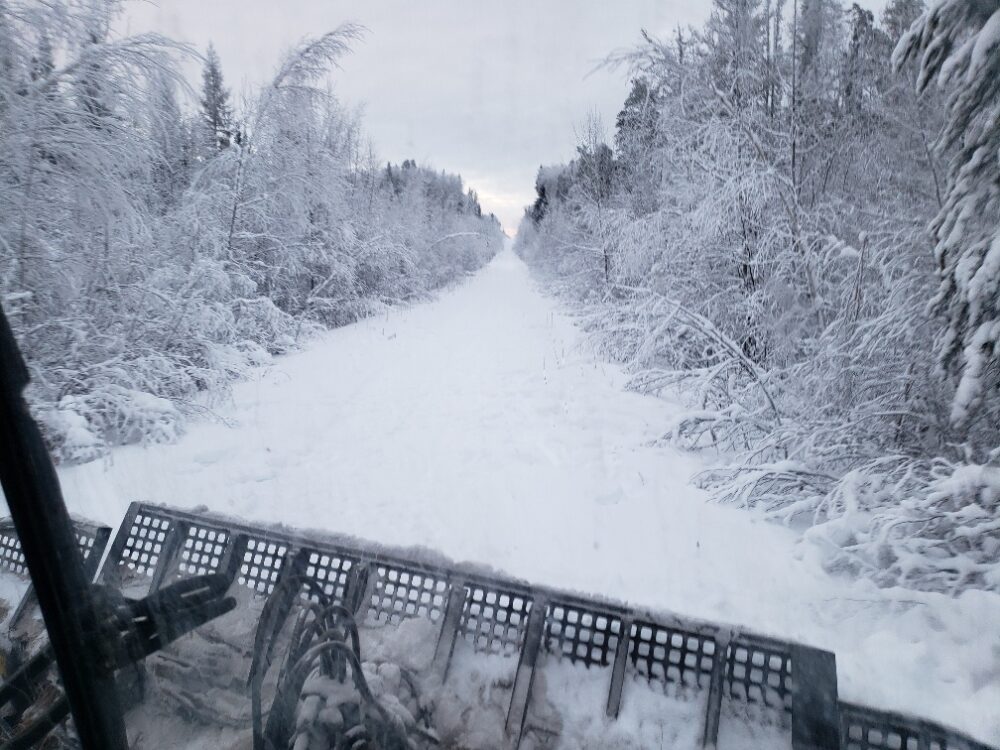Today, we’re diving into the world of winter access with Steve Terry, a seasoned reclamation consultant with over 20 years of experience with North Shore. Steve’s wealth of experience offers invaluable insights into the challenges and rewards of navigating winter access projects in remote areas.
An Overview of Winter Access
Rory Campbell: Steve, can you describe what winter access entails when completing reclamation projects in northern regions?
Steve Terry: Winter access in northern regions involves creating temporary pathways to remote areas or infrastructure during frozen ground conditions. This process relies on a combination of natural cold and snow, along with efforts using various pieces of equipment. The objective is to establish access that lasts throughout the winter season while minimizing ground disturbance. The amount of work required varies depending on the intended use of the access. For instance, if the purpose is to haul impacted soil using trucks, the standards and efforts are significantly higher compared to other, less-intense uses. In such cases, ensuring suitable frozen soil/ice depths capable of supporting the weight of heavy equipment is crucial. This information is typically obtained from government publications, although it represents a minimum requirement and additional factors must be considered.
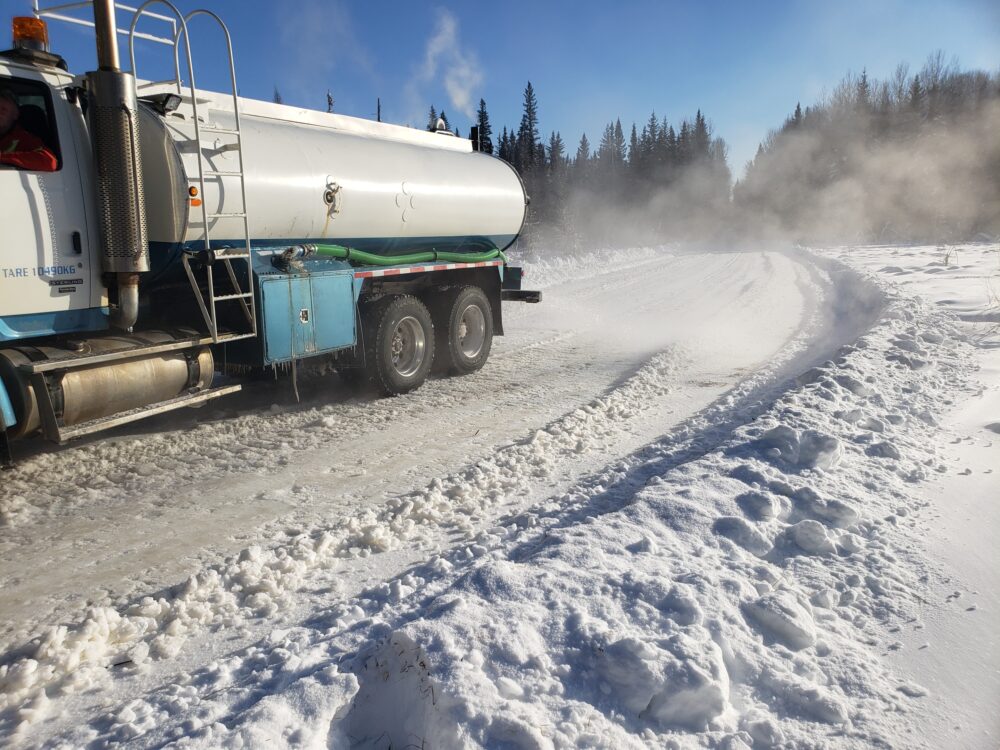
Rory Campbell: Thanks for the initial information, Steve. Can you describe what the preparation and process look like?
Steve Terry: Certainly, Rory. Preparation for winter access often begins well in advance of the actual work. This may involve clearing or packing down snow cover to facilitate deeper frost penetration over time. Subsequently, “heaviest light equipment” is used to further encourage frost penetration, followed by progressively heavier equipment being used to establish a stable travel surface. The process may also include dragging tires behind vehicles to spread snow and smooth out the travel surface. Once suitable conditions are achieved, additional measures such as using a grader or drag to shape the road may be undertaken. In some cases, snow may be used to fill in creeks and create bridges, with the size and effort of the bridge construction tailored to the specific needs of the site.
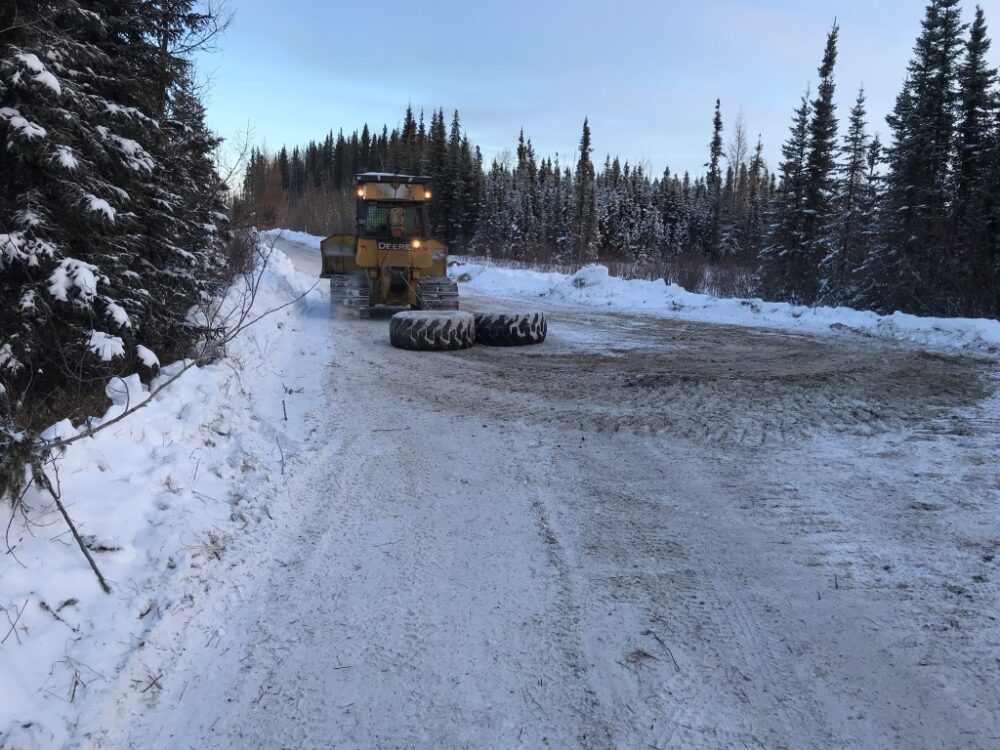
Rory Campbell: That sounds very complex. What kind of regulations are involved in this kind of work?
Steve Terry: It’s essential to note that winter access projects require meticulous planning and adherence to regulations. Permits may be necessary and obtaining them can be time-consuming. Moreover, environmental considerations, such as ensuring clean snow is utilized and avoiding debris in creek crossings, are critical. Crossing open water, whether still or flowing, presents the highest risk and requires careful planning and mitigation strategies. In some instances, engineering support may be sought to ensure safety.
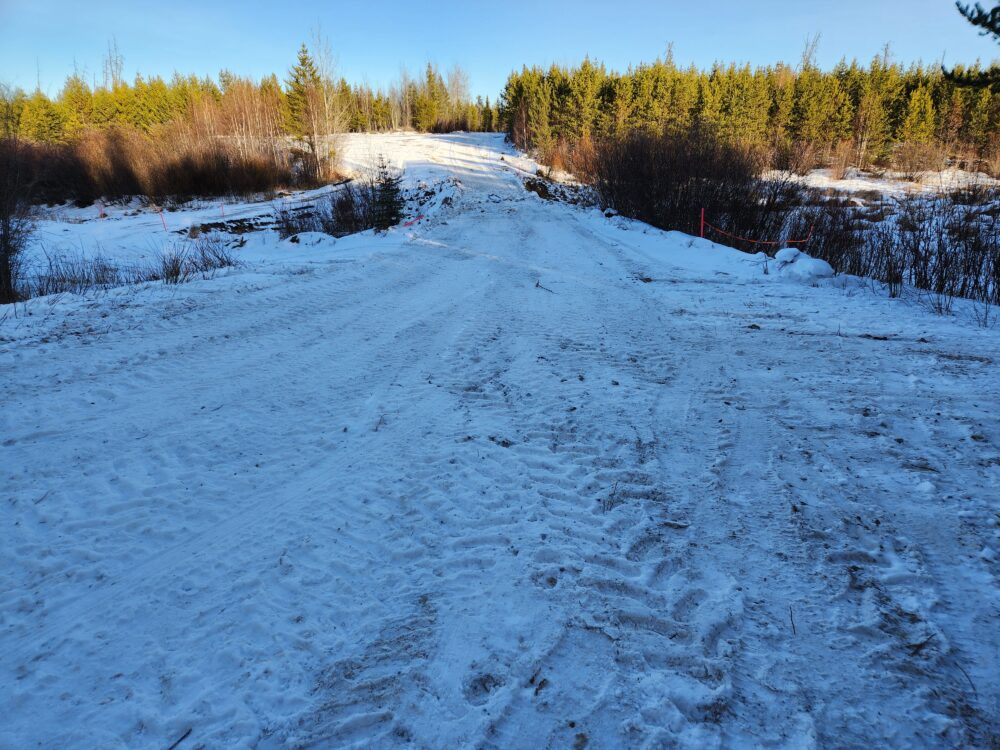
Challenges with Winter Access
Rory Campbell: What are some of the challenges you face when building or carrying out winter access projects?
Steve Terry: Fluctuating weather conditions, limited snow for construction, and difficulties in accessing remote locations pose significant challenges. Getting manpower and equipment to these areas can be tough, especially considering the remote nature of the work sites. Starting too late in the season also increases costs, as it may require artificially creating frost instead of relying on natural conditions. Additionally, factors like this year’s lack of moisture in the ground can complicate the process and add to project expenses.
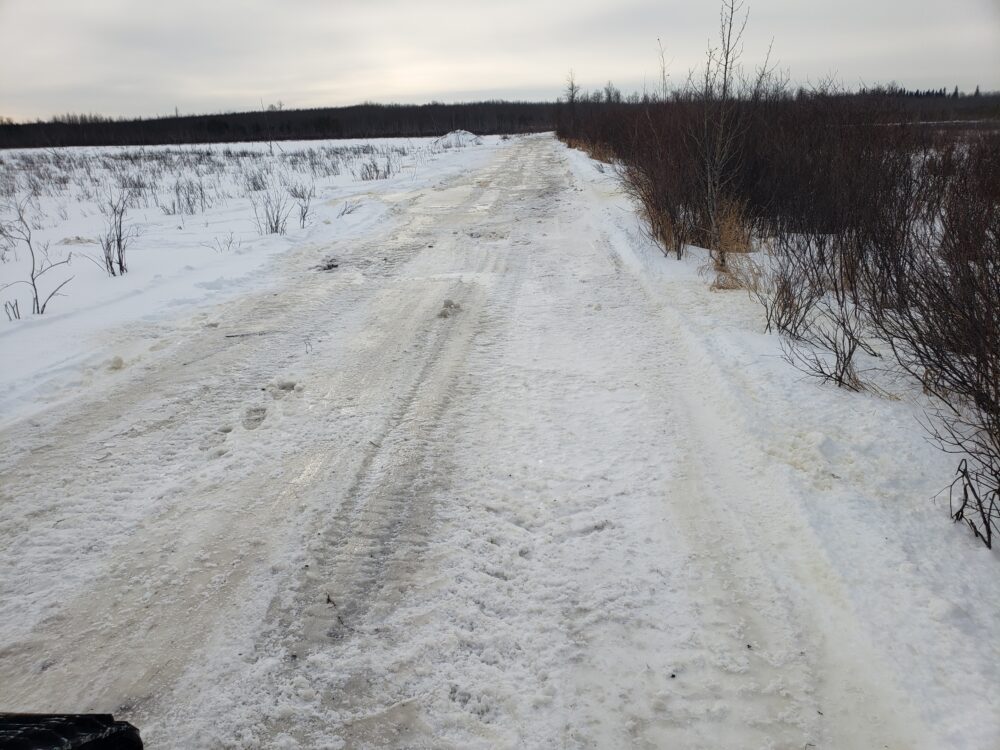
Favorite Aspects of Winter Access
Rory Campbell: What are some of your favorite aspects of completing winter access projects?
Steve Terry: I thrive on the challenge that each day brings during these projects. From scouting to coordinating various equipment, it’s a dynamic process that requires focus and teamwork. I particularly enjoy being hands-on and contributing to all aspects of the project. It’s truly an all-hands-on-deck approach that leads to successful outcomes.
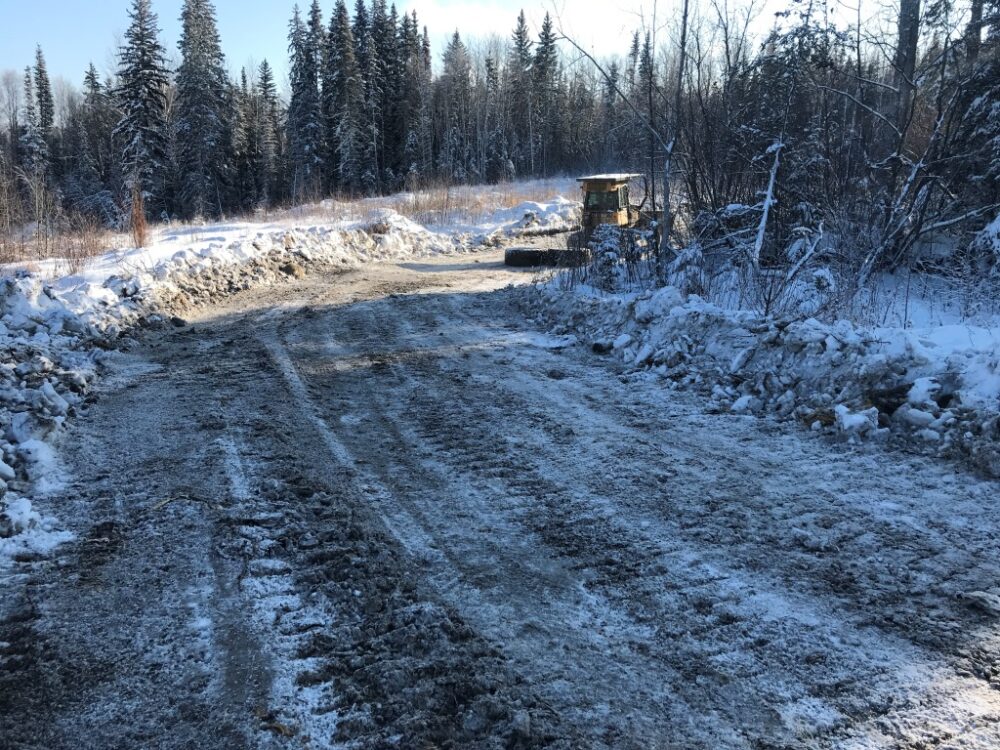
Memorable Experiences
Rory Campbell: Can you share any memorable experiences or stories from completing winter access projects?
Steve Terry: One of my favorite experiences is looking back on a map after completing a project and seeing the vast distance covered from start to finish. Often, we’ve traversed rough terrain in remote areas where few have ventured. It’s a point of pride to know that we’ve safely and successfully completed projects in areas that may have been untouched for years or even decades, if at all. Collaborating with stakeholders and navigating routes adds an extra layer of satisfaction to the process.
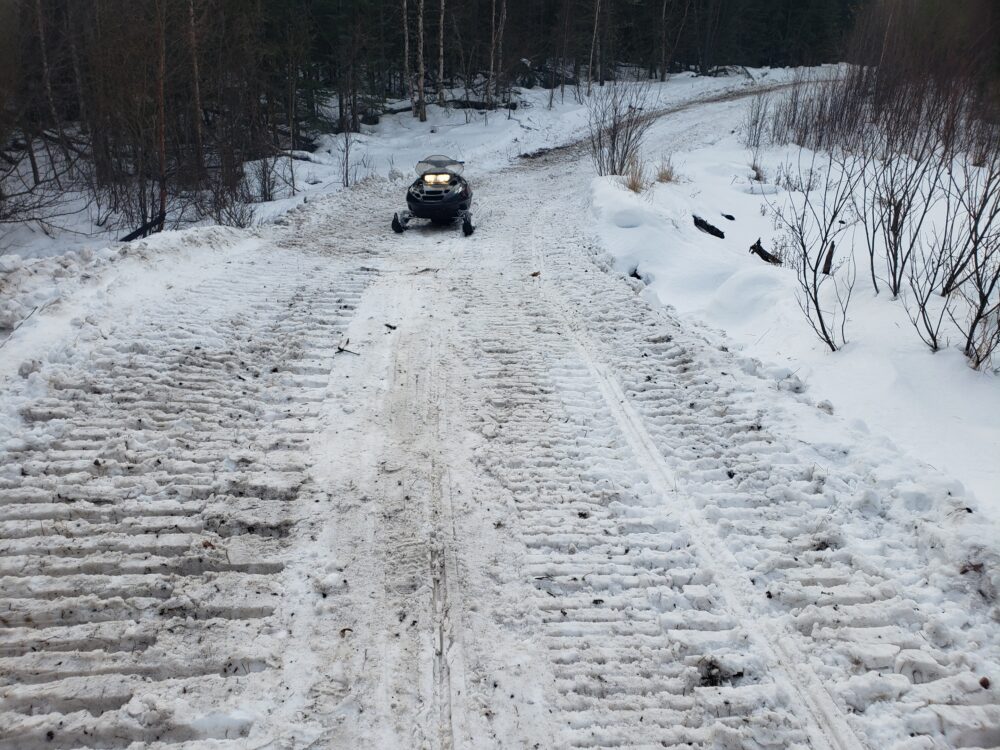
Rory Campbell: Thanks for sharing your valuable insight and knowledge into winter access today, Steve – it’s a fascinating aspect of reclamation work.
Steve Terry: Not a problem Rory – I’m always more than happy to share my experiences and insight in any/all things related to reclamation.

